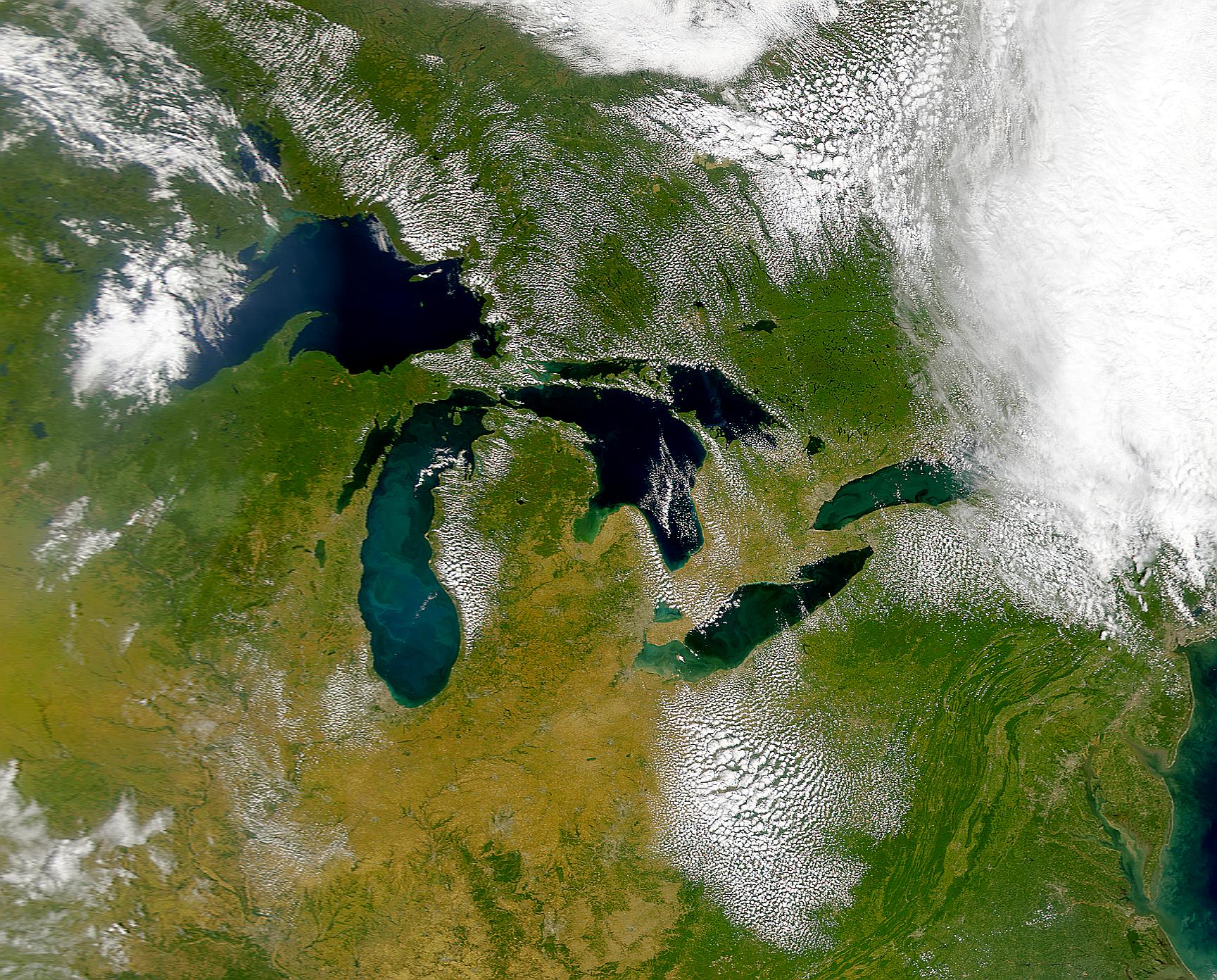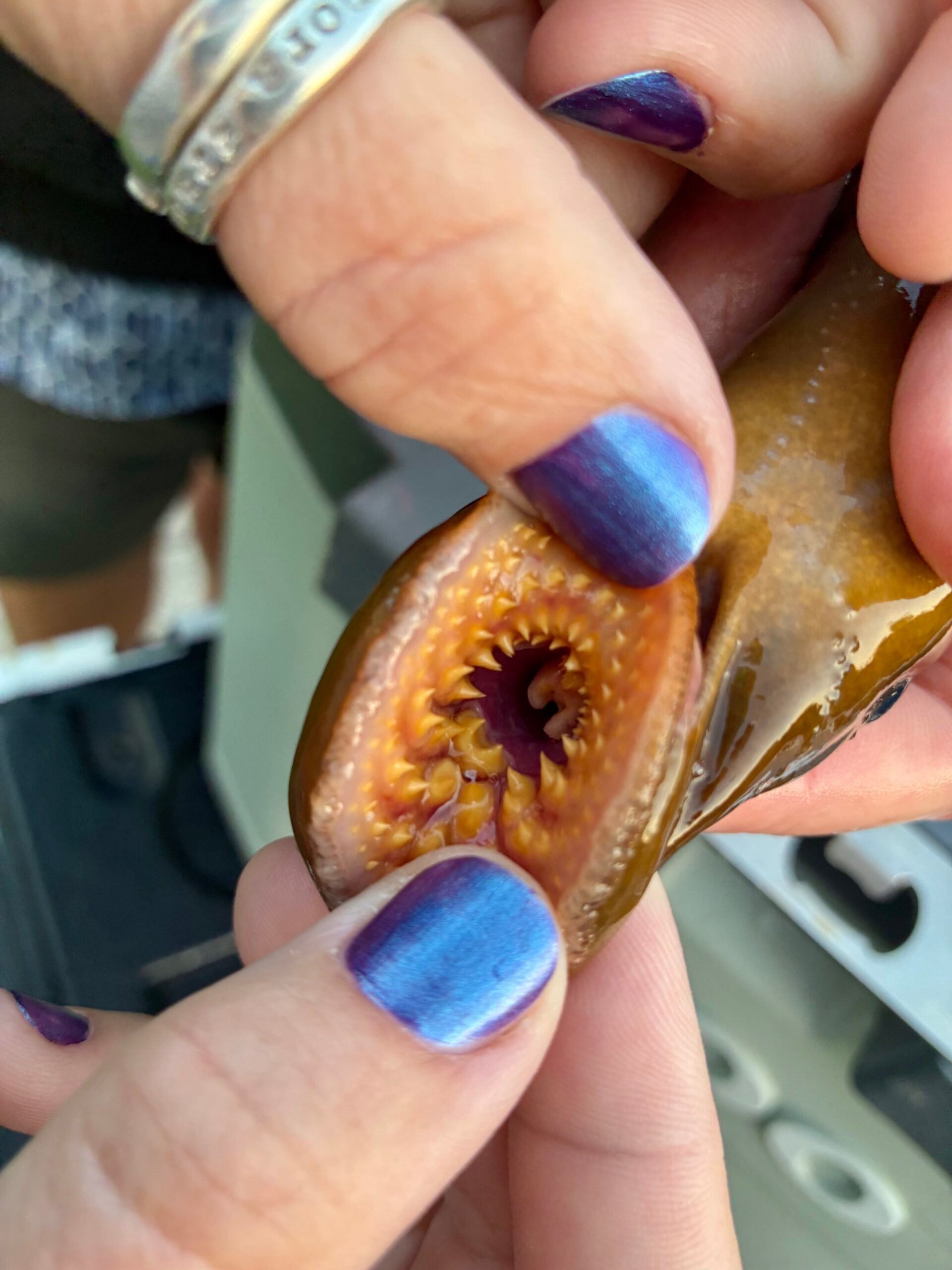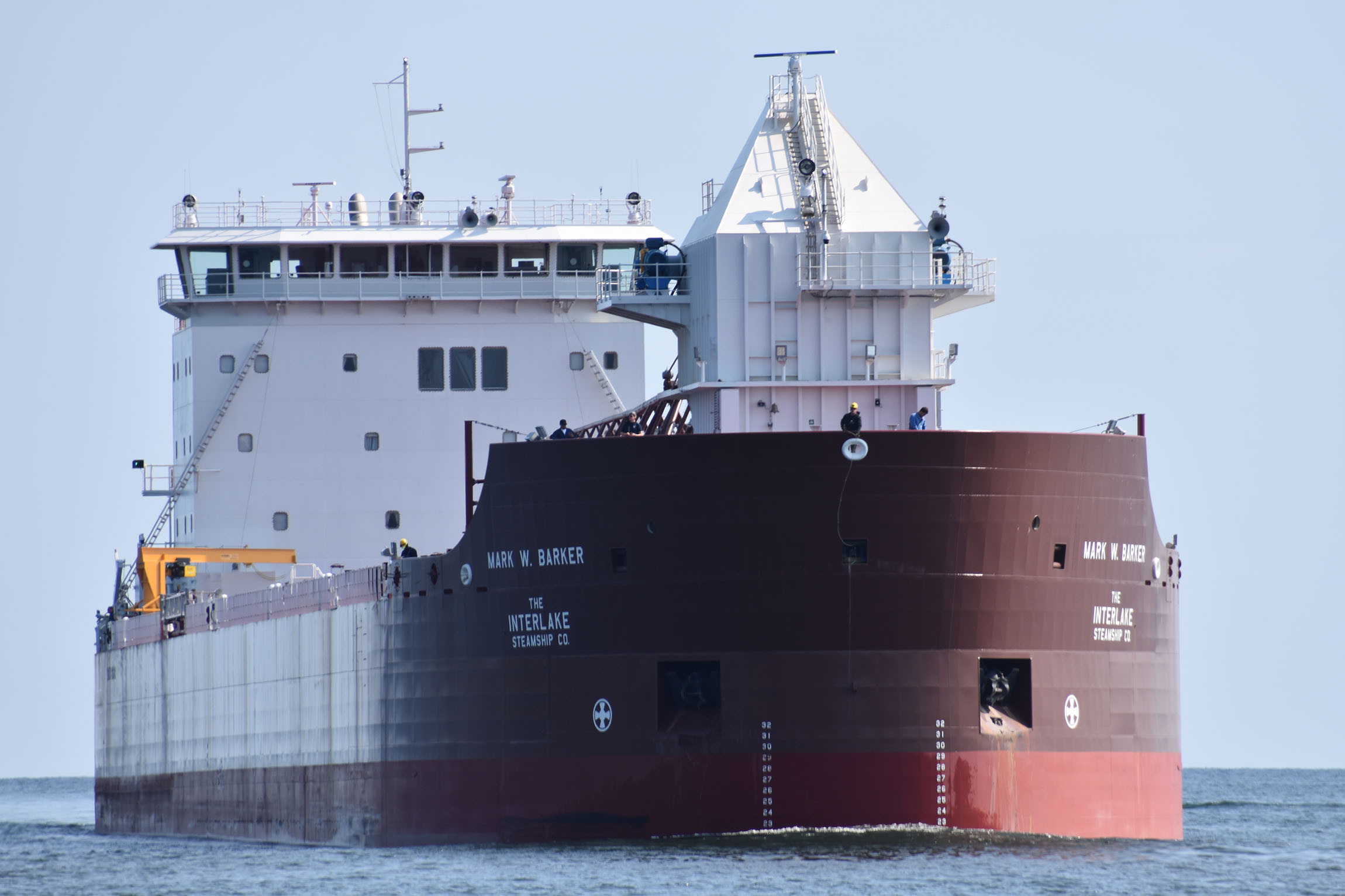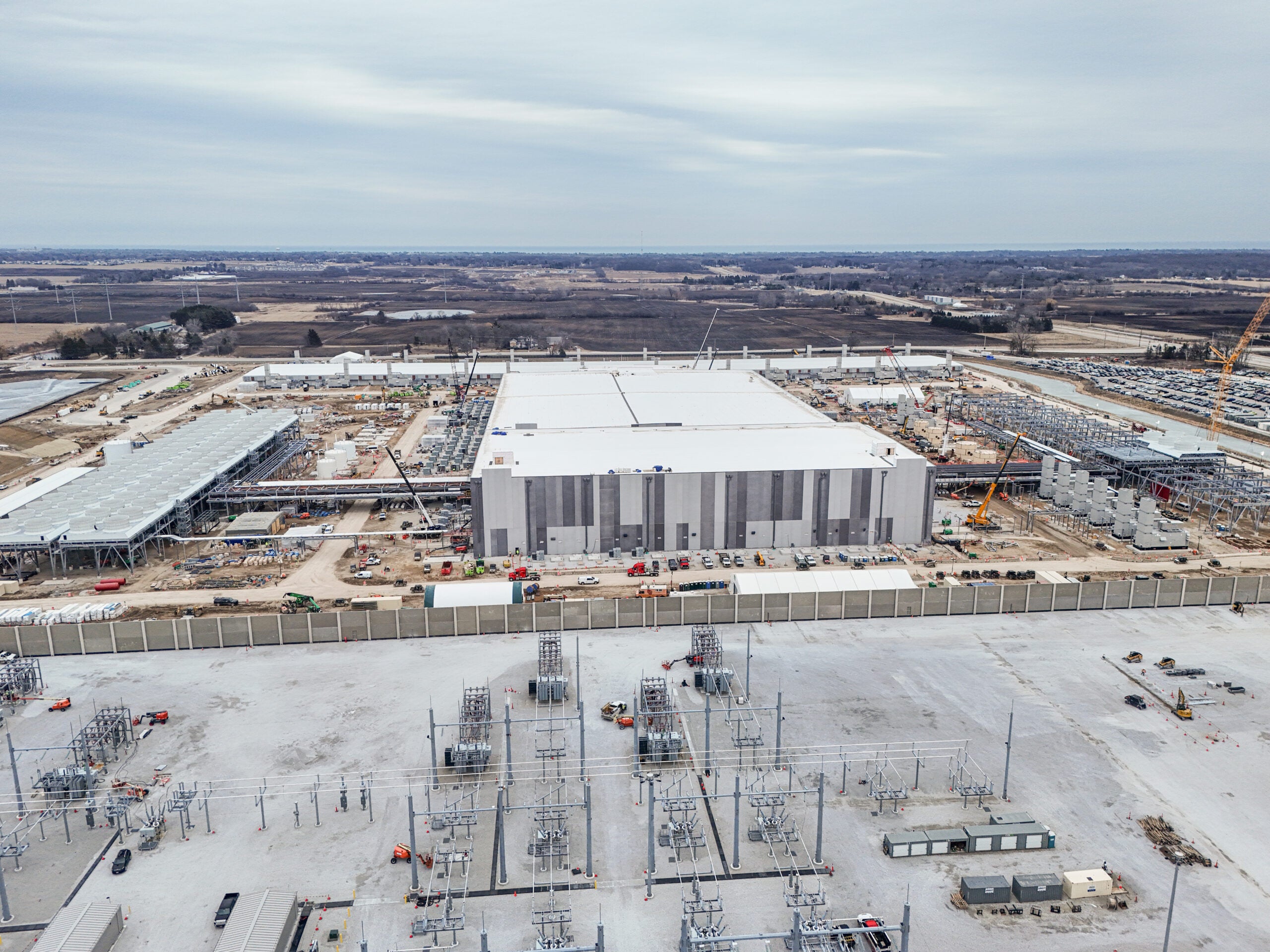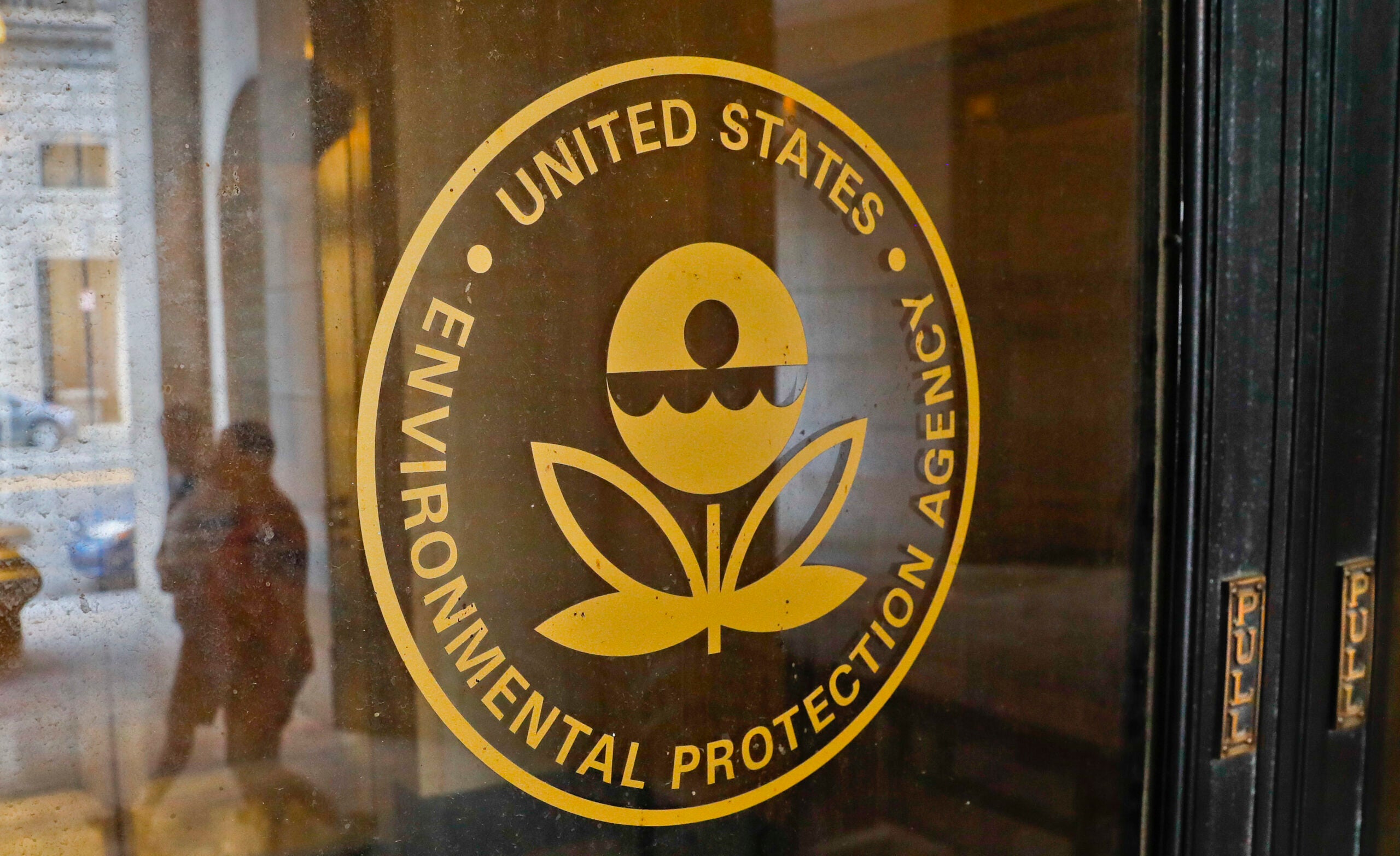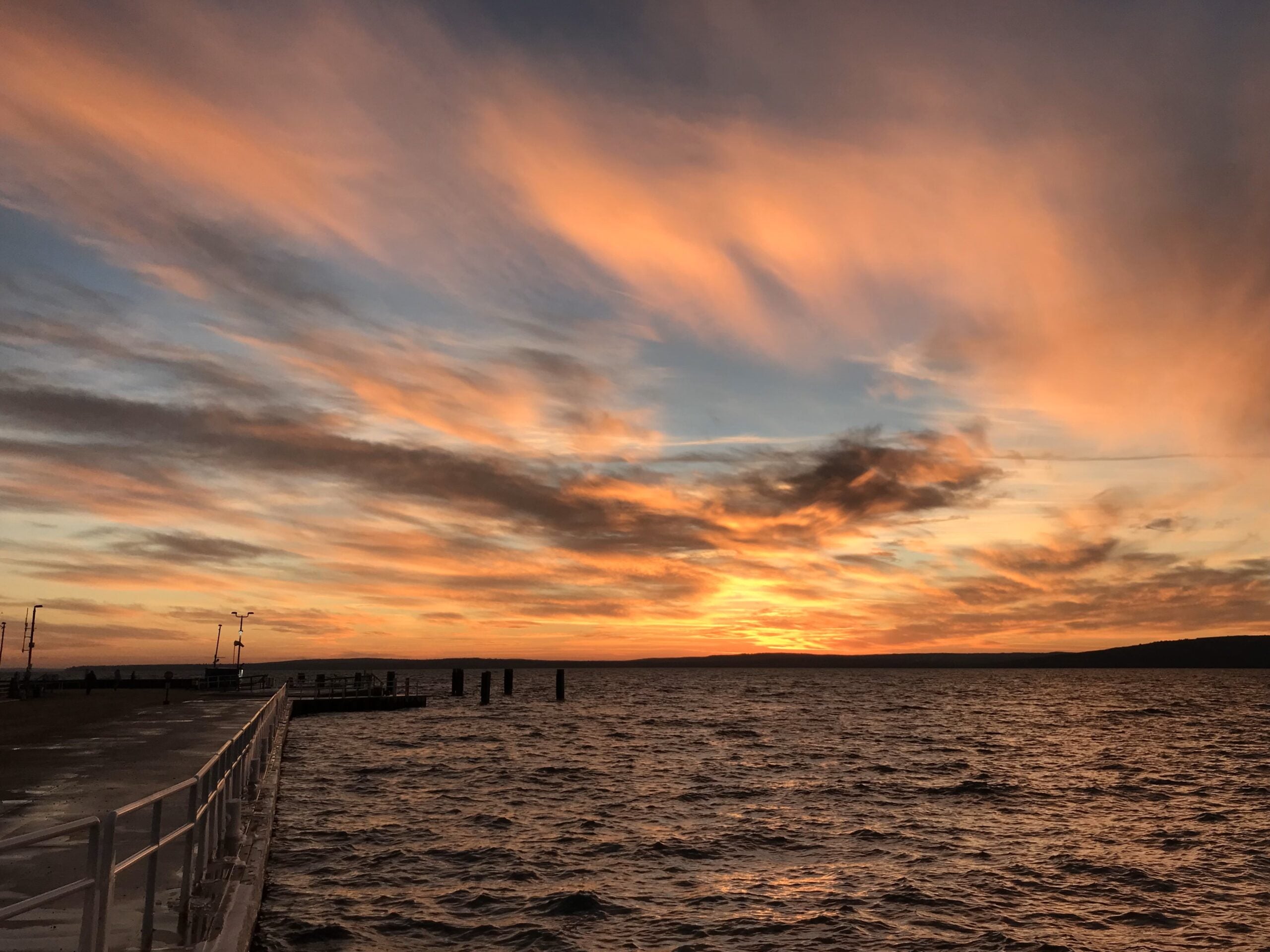The U.S. Environmental Protection Agency says it wants the public to help shape the next five years of the Great Lakes Restoration Initiative.
Over the last nine years, the GLRI has coordinated and distributed almost $3 billion in grants for cleanup work around the lakes, including dozens of projects that have taken place in Wisconsin.
The EPA is working on an action plan (dubbed Action Plan III) for the fiscal years 2020 to 2024. Wednesday night in Milwaukee, the agency held one of six informal GLRI public engagement sessions it is conducting this summer around the Great Lakes region.
News with a little more humanity
WPR’s “Wisconsin Today” newsletter keeps you connected to the state you love without feeling overwhelmed. No paywall. No agenda. No corporate filter.
Several dozen people attended the event at the University of Wisconsin-Milwaukee. One of them was Todd Ambs, director of the Healing Our Waters-Great Lakes Coalition. He said GLRI has been very successful but added there’s more to be done.
“It took us, sadly, a long time to mess up the Great Lakes, and it’s going to take us a while to restore it,” Ambs told WPR.
He said that over the next five years, he hopes the EPA and its partner agencies spend more on reducing polluted runoff that can trigger various problems, including the growth of harmful algae.
“It’s a variety of sources,” Ambs said, “including polluted stormwater, construction sites, certainly agricultural. It’s a big challenge.”
Ambs said projects that help farmers grow so-called “cover crops” like grasses, clover and other species in between longer growing seasons for corn or soybeans have proven successful in reducing run-off.
Ambs also hopes the EPA continues efforts to reduce invasive species in the Great Lakes, improve wildlife habitat, and address “Areas of Concern” — polluted hot spots like harbors that have been designated for cleanup.

Chris Korleski of the EPA speaks at the GLRI public engagement session Wednesday night at UW-Milwaukee. Chuck Quirmbach/WPR
Chris Korleski, director of the EPA’s Great Lakes National Program Office ran the Milwaukee engagement session. He said, “AOCs are probably the poster child of success because we’ve just been able to get so much work done over the last eight years.”
Korleski said several sites have been taken off the list of AOCs in recent years, though none of the five AOCs in Wisconsin. He said clean-up efforts there are still underway.
“We do struggle with, like harmful algal blooms, and nutrient run-off. That is not an easy problem to address. I think people sometimes get frustrated with me when I say we don’t have a quick and easy fix,” Korleski told WPR.
He declined comment on what some environmentalists are calling for: mandatory erosion controls for farmers in the Great Lakes Basin, with subsidies to help growers who can’t afford expensive controls.
GLRI is funded at $300 million for the current fiscal year. Todd Ambs said Congress appears to be set to provide the same amount for the federal fiscal year starting this fall.
“To be blunt about it, there’s broad, bipartisan support for the funding. About the only person who seems to not favor continued funding for GLRI is in the White House,” Ambs said, referring to past efforts by President Donald Trump to greatly reduce or eliminate funding for the initiative.
It’s unclear if Trump would try this late in the budget process to sink GLRI given that his EPA is holding the public engagement sessions.
The EPA also says Action Plan III is expected to be available for formal public comment this fall.
Wisconsin Public Radio, © Copyright 2026, Board of Regents of the University of Wisconsin System and Wisconsin Educational Communications Board.

